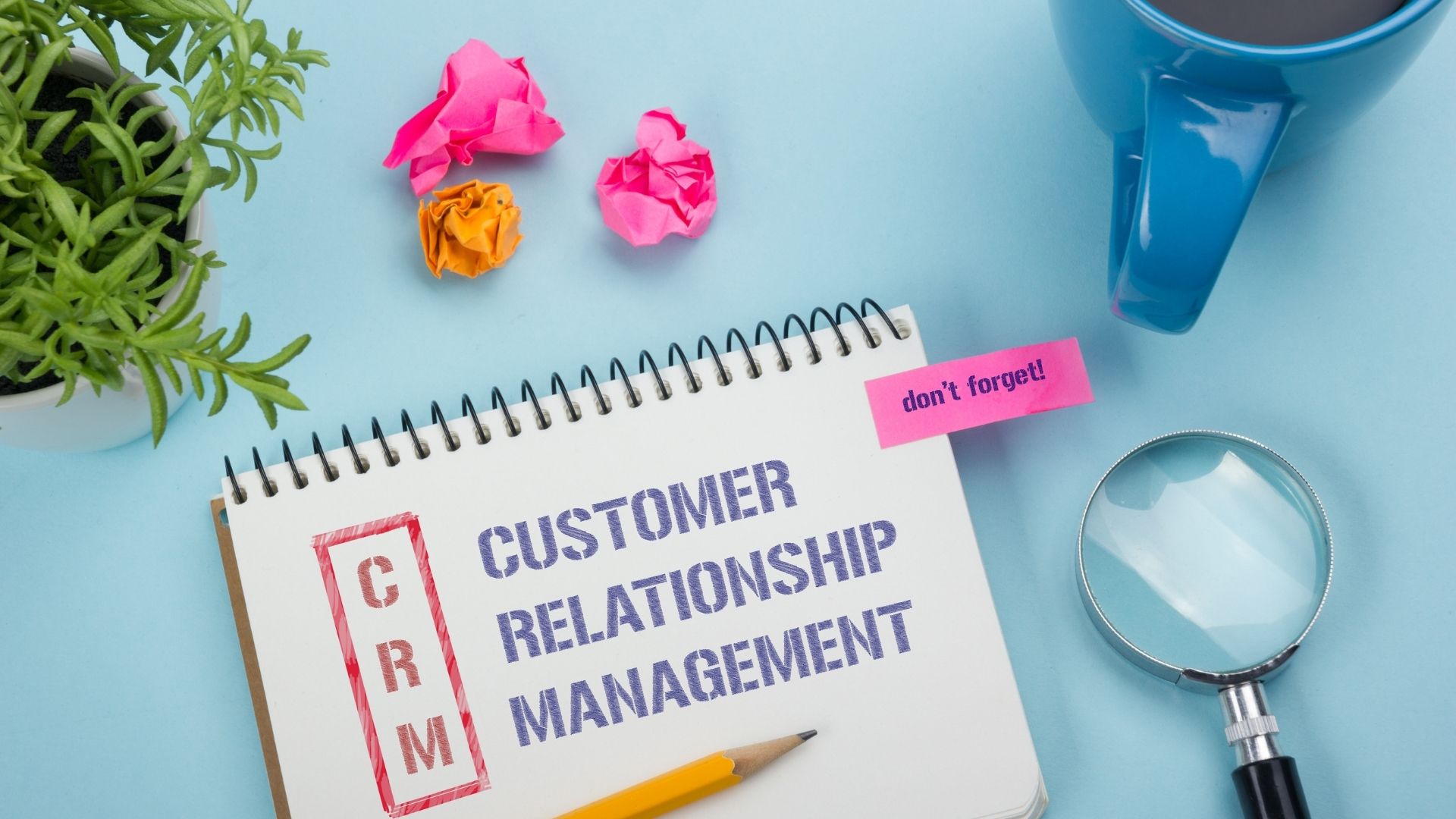Player Engagement: How to Use A CRM System For a Great Game Experience

Gaming brands are part of a vibrant $138.4 billion industry that’s only growing. There are more than 2.8 billion gamers across the globe, with the demographic profile split evenly between males and females.
In addition, the age of a typical gamer ranges anywhere from pre-teens to pensioners, making the industry’s appeal very versatile and providing endless opportunities for game development, distribution and marketing.
Figure 1: Video games market (2012 – 2021). Source – Statista
To get heard in the competitive gaming market, you need to stay connected to your customers. A CRM is one of the practical tools you need to invest in. Let’s dive into how to use one to provide a better gaming experience.
What is customer relationship management?
Customer relationship management (CRM) is a growth strategy that brands use to manage their relationships and interaction with current and prospective customers. CRM helps businesses streamline their processes, nurture customer relationships, improve customer service, and increase sales.
CRM software ensures that every step of the customer interaction goes smoothly and efficiently to boost company profits. It gathers client data from multiple channels and stores detailed information on your customer’s purchase history, buying patterns, and even personal info.
In a recent survey by Super Office, 76 percent of customer management execs said that customer experience is a top priority for their organizations. With customers willing to pay more for a better experience, improving your customer experience is one of the things that will help you attract more customers to your game.
Figure 2: The importance of customer experience. Source – Super Office
As a gaming company, you can use CRM to develop customer relationships by sending targeted offers to players via their preferred communication channels. Gamers like to be know about updates you make to your game, and CRM will help you send them personalized offers to try the new skins/characters/DLC/maps/things you’ve developed for your game.
An effective CRM program like HubSpot will help you automate repetitive tasks to improve your marketing efforts to players at different stages in the player lifecycle. It will also help you understand customer behavior, empowering you to run more efficient customer acquisition and retention campaigns to drive revenue growth.
We’ve explained the things you need to look at when choosing a CRM for your business in our blog, How to Choose the Best CRM System for Your Website.
How to use your CRM to keep gamers interested
Let’s now look at how the best CRM software can help you create better marketing campaigns.
Data insights, opportunities, and tracking
CRM systems collect and store all relevant data about your business. They collect this information from your website, social media, voice calls, and emails to help you understand your customer’s needs and interests. This information is stored in a central location to help you organize your business operations and workflows, so you can close more deals and get more work done.
This data becomes valuable metrics that help you make sense of what you’re doing. The insights generated from analyzing the data present many opportunities for growth. You will understand your customer’s preferred social media platforms, the offers that appeal to them, and the content formats they like (do they like video, images or GIFs?).
You will also know where players stop playing, so you can find out why and how to get them back! The net benefit will be better customer acquisition and retention, improved tracking, and data management.

Plotting the buyer’s journey
With players interacting with your company through various channels, tracking all their actions to ensure you deliver the best experience can be very difficult. That’s where CRM comes in, helping you plot the customer journey to understand their needs, stay on top of customer expectations, and optimize the user experience.
The customer journey map is a visual representation of how buyers interact with your business. It informs you how customers communicate with your brand and their preferred channels. The customer journey map allows you to step into the customer’s shoes, giving you great ideas on how to define a strategy to improve the user experience.
Figure 3: Customer journey map. Source – Lead Squared
Customer interaction with your brand starts at the awareness stage. At this point, players get to know who you are as a brand and some of the games you’ve developed. If they like your style, they will move to the consideration stage, where they research more about your business and the available games to players. They will visit your website, social media and check customer reviews on gaming forums.
Impressed users will visit your game listing on the store to buy and play it. However, this isn’t the end of your customer engagement. You still need to retain the players and get them to make more in-game purchases. At this moment, you want to send them regular content offers and add them to loyalty programs that give them access to advanced features for being loyal to your company.
The next phase is to convert these happy customers into brand advocates. By solving customer problems in time and implementing their recommendations when working on updates, you gain the trust of players, and they will take up the role of promoting your game to their friends and family.
A CRM allows you to track these customer touchpoints to know which strategies are working and which aren’t. You will be guided on the actions to take at each stage to move as many users as possible to the end of the funnel.
Personalized outreach and buyer personas
By studying buyer demographics, purchasing habits, social interactions, and online browsing activity, CRM tools facilitate customer segmentation to a finer degree. This allows brands to create detailed buyer personas based on the insights to determine how best to approach each customer. Marketers can look at a customer’s past interaction with the brand, create a personalized message and send it to the customer via their preferred channel, whether that’s email, social media, direct voice, or SMS.
With research by Campaign Monitor showing that 62 percent of customers open emails because of a personalized subject line, the ability of CRM to capture vital customer details for your client communication is a great asset that will help you build an instant connection with them.
Besides personalizing your communication, CRM systems also allow you to regularly contact your customers through marketing automation. With their permission, you can send customers regular emails automatically to inform them about your offers. This could be a company newsletter that informs them about the new product releases and content offers. If your content is valuable, engaging, and informative, players will appreciate getting emails from you.
From the user interaction with your content, you will know the customers that are ready to buy. The ability to sift through client contacts and target potentially profitable customers allows you to take informed actions that improve customer satisfaction.

Continuous optimization of your CRM plan
This process is constantly evolving, so you need to keep up to date to ensure your customers are getting what they want. The CRM will evaluate your campaigns and collect valuable data that will help determine if your campaigns were successful or not. This removes all the guesswork from your marketing efforts and allows you to focus on your best performing campaigns.
Use the in-depth reports to learn more about your target customers. For example, you can learn about the content and products your customers like. Use this information to create offers that suit them to enhance the customer experience and optimize your CRM plan.
Once you identify the best performing campaigns, you can recycle them and use the templates for new prospects and audiences. Since data informs your actions, you can be sure that the campaigns will perform nicely and positively impact your audience. This will result in your marketing costs going down and the lead conversion rate increasing.

CRM systems allow businesses to develop effective strategies for managing customer relationships and interactions. If you haven’t got a CRM, it’s time to start thinking about getting one.
Found this article a bit technical? Want to have a chat with someone who loves to talk about games and how to market them? The team at Game Marketing Genie can help you set a CRM system to develop customer relationships and drive revenue growth.
Take a look at our marketing strategies that deliver results.



